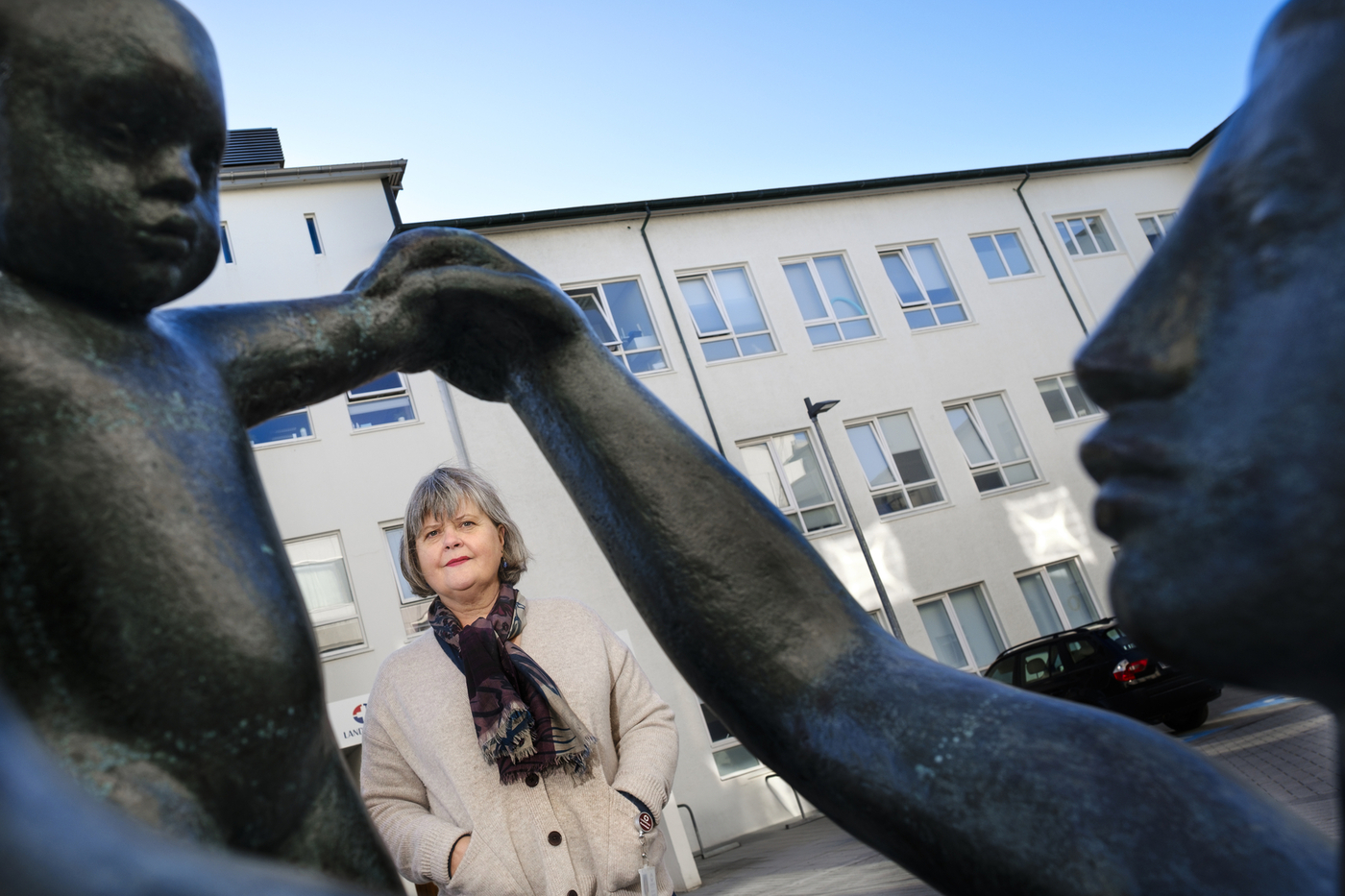"I feel it is a tribute to these children and their parents to study stillbirths in Iceland," says Ragnheiður I. Bjarnadóttir, doctoral student at the University of Iceland, working on a study called Stillbirths in Iceland 1996-2021: incidence, cause and effect. According to the definition, stillborn infants are those who are born without signs of life after a 22-week pregnancy and who cannot be revived. Most often, children die in the womb before the onset of labour; fatalities during childbirth are very rare in Iceland. Ragnheiður wants to increase knowledge on why children die before they are born in the hope that it can be further prevented.
"We want to understand the frequency and causes better and study these from various aspects. The research has scientific value and will benefit professionals working in prenatal care and obstetrics, and thus the results will be significant for society at large. There are between 3 to 4 children out of a thousand that are stillborn in Iceland. To lose a child during childbirth or pregnancy is a tragedy. People go through profound grief, and such a difficult experience can have lasting effects on their lives moving forward. Even though stillbirths are rare in Iceland we always want to do better. If we can identify the influencing factors that have not yet been discovered, we can hopefully intervene. Because every child counts."
Few nations have the access we have to data
Ragnheiður has almost three decades of experience in gynaecology and obstetrics. She is also an assistant professor at the University of Iceland's Faculty of Medicine. The application and project description on strengthening knowledge on stillbirths resulted in a doctoral grant from the Icelandic Centre for Research (Rannís) in 2023. Her research project was one of 26 to receive a grant out of 111 applications.
The study is based on data Ragnheiður has collected from maternity records and birth reports across the country. "There were reports on each incident of stillbirths. There are not many nations that possess data such as this, but this was possible due to Iceland being such a small country."
Ragnheiður says that the data processing is going well. "I divide stillbirths into three categories by length of pregnancy when the death occurs: in week 22-28, 28-37, and 37 onwards. Children born after 37 weeks of pregancy are considered to be carried to term and are ready to be born for the most part. The research is then divided into two 13 year periods that are compared," explains Ragnheiður.
"There is a significant decrease in the frequency of stillbirths overall between the two periods, despite an increase in the number of women with high-risk pregnancies. Even though stillbirth rates in Iceland are proportionally among the lowest in the world, it is important to add to the current knowledge," says Ragnheiður. Photo/Kristinn Ingvarsson

Significant reduction in stillbirths
Many factors can cause the death of a child during pregnancy, such as illnesses and damage to the placenta. The reason is clear in most cases, but sometimes the cause of death can not be found despite research. To further study the impact of the placenta, Þóra S. Steffensen, specialist in children's histopathology, has re-examined all the placentas in stillbirths during the research era and categorised according to the latest knowledge on tissue changes in placentas.
"I considered it necessary to study the placenta better and was lucky enough to get Þóra on the project with me. The explanation often lies in the placenta and we have already seen interesting results that raise many questions," says Ragnheiður.
The research results are being processed so Ragnheiður can only share a part of the results. "There is a significant decrease in the frequency of stillbirths overall between the two periods, despite an increase in the number of women with high-risk pregnancies. Even though stillbirth rates in Iceland are proportionally among the lowest in the world, it is important to add to the current knowledge. The research has already provided us with information, including changes in the placenta that will likely lead to further studies. The aim is to better understand stillbirths with the hope of reducing their occurrence," says Ragnheiður.
It can be maintained that Ragnheiður's research has a strong alignment with the United Nations Sustainable Development Goals, which play a significant role in the policy of the University of Iceland, UI26. SDG number three, related to health and well-being, is particularly prominent in the research, with one of its sub-goals specifically emphasizing the need to work towards reducing maternal mortality.
Ragnheiður's main supervisor is Jóhanna Gunnarsdóttir, an obstetrician at Landspítali University Hospital, and assistant professor at the Faculty of Medicine, and co-supervisor Karin Pettersson, an obstetrician at Karolinska Hospital in Stockholm. The supervisory teacher is Kristjana Einarsdóttir, professor of public health sciences at the University of Iceland. The research team comprises them, Alexander K. Smárason is the Chief Medical Officer and professor at the Akureyri Hospital, Nikos Papadogiannakis is a tissue pathologist at Karolinska Hospital, and Þóra Steffensen is a specialist in paediatric tissue pathology working in Tampa, Florida.
Author of the article: Júlíus Jóhannesson, student in media and communication studies.




